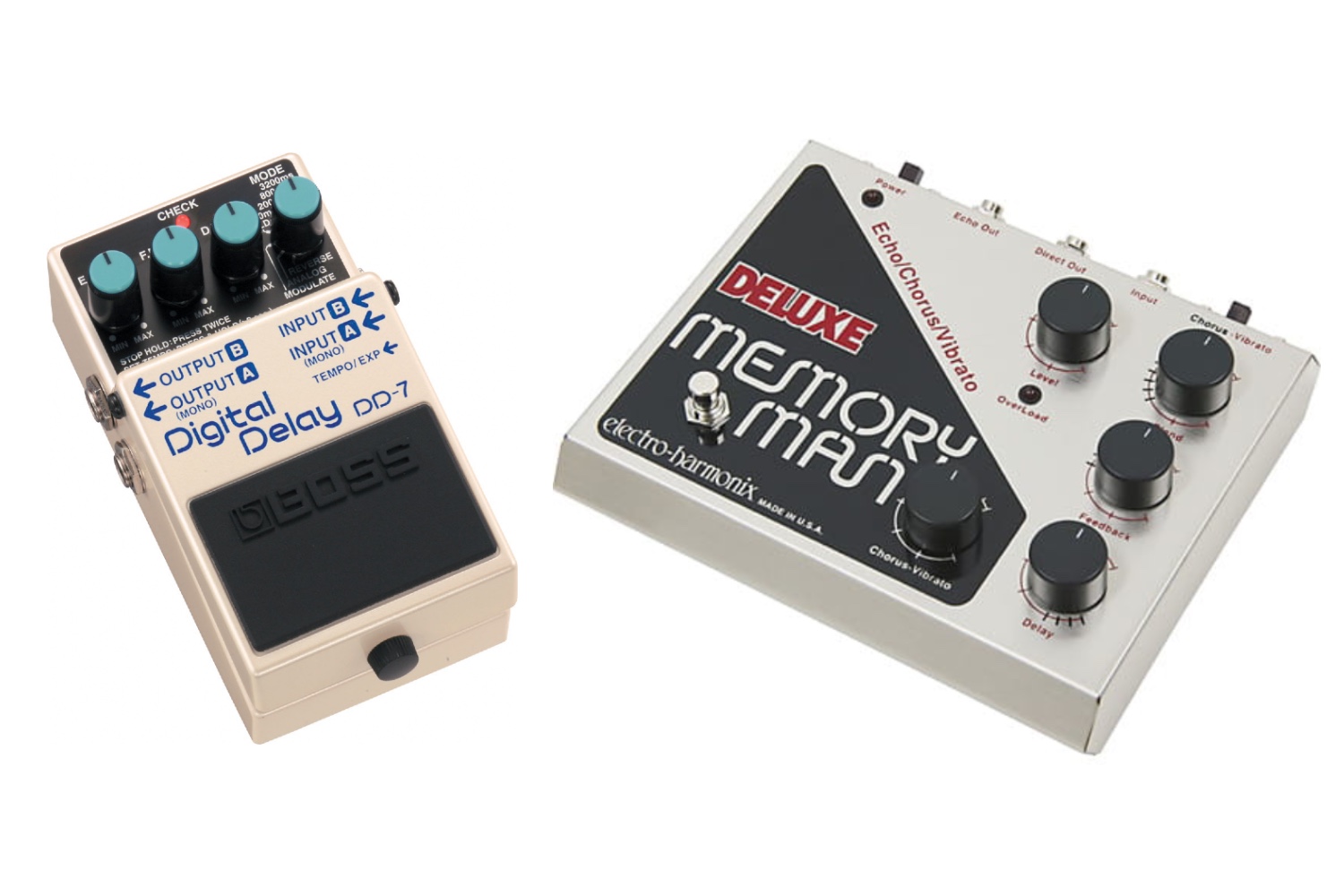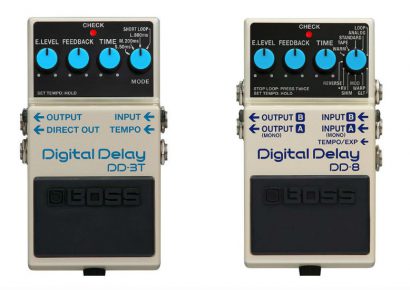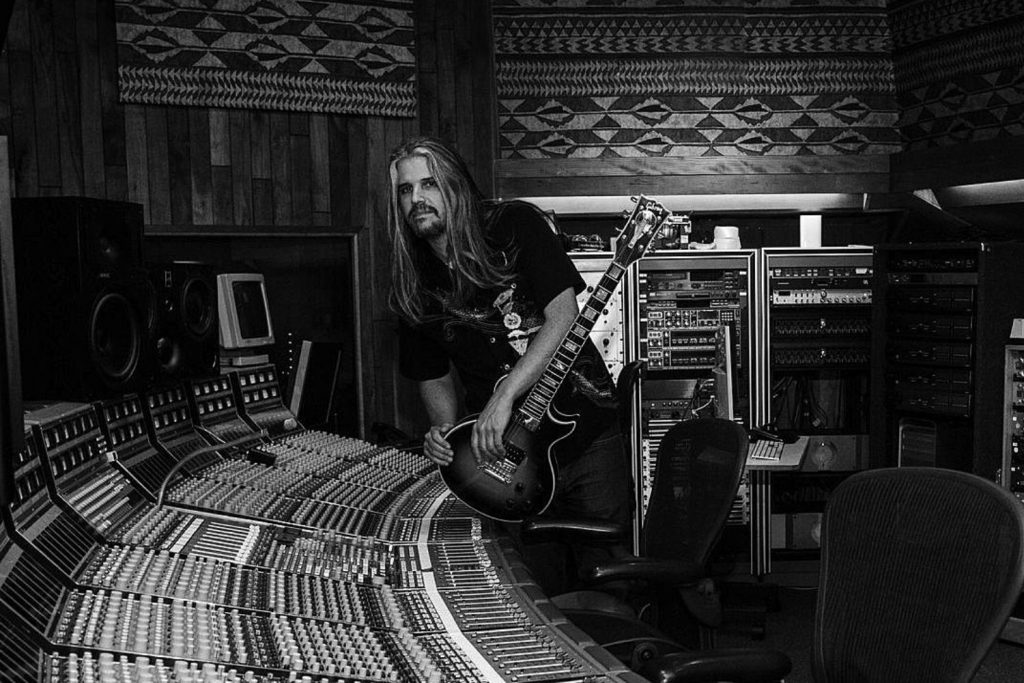A guide to all things A/D conversion, sample rates and 'analogue warmth'.
When we talk about vinyl, it’s never long before adjectives such as ‘warmth’ and ‘natural’ enter the conversation, and discussions about guitar effects are no different.
The analogue format carries with it a sense of authenticity, a richness and depth that is always present, yet difficult to articulate and even tougher to grasp. Although we can’t put our finger on it, there’s a general consensus that it’s a sound superior to that produced by a CD or other digital formats.
The same can be said for analogue and digital guitar effects pedals – put them side-by-side and the analogue seemingly produces more clarity or, at the very least, sounds warmer and more immediate. So perhaps there’s a sonic pull that draws us to the analogue sound – the question is, why?
Summary
- Many musicians operate under the assumption that analogue equipment possesses a warmer sound than that of digital.
- Factors such as analogue-to-digital conversion and sampling rate can have a major impact on the overall sound of an effects pedal.
- This is most commonly found in delay pedals, but also extends to other stompbox types such as modulation, filtering and overdrive.
Read all our latest features and gear columns here.
For a digital pedal to function, the signal has to pass through an analogue-to-digital (A/D) converter, translating it into a series of 1s and 0s.
With these numbers the effect performs the necessary algorithms to alter the sound, after which the signal passes through a digital to analogue (D/A) converter and is then output. With an analogue pedal however, the signal is processed unadulterated with minimal translation from input to output.
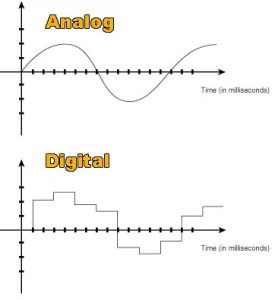
At its most basic the difference between an analogue and a digital pedal is that the former is continuous, while the latter is the sum of a multitude of individual points. It’s this continuity and uniformity contained within an analogue signal that provides that ‘pure’ sound.
When attempting to replicate an analogue pedal, the first issue that arises for a digital iteration is the inability to replicate the infinite analogue levels.
As the sine wave of an analogue signal is smooth and continuous, it would take an enormous amount of individual bits for a digital sample to follow the same shape and reproduce the exact levels.
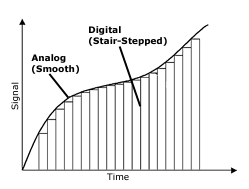
Digital pedals are unable to sample at a high enough speed to compute the entire analogue signal. In other words, a digital pedal can only do so much in so little time.
This isn’t often detectable, however in cases where an MP3 has been sampled poorly, components such as the cymbals and other high frequency notes can sound off.
We can use Hertz (Hz), which is a measure of samples or waves per second, to articulate this sampling issue. Your ear can hear vibrating waves up to 20 kHz (20,000 Hz). At any sampling rate lower than this your ear will begin to miss out on higher frequencies, and can also create an issue called aliasing.
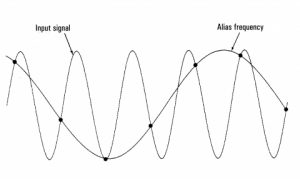
This happens when the set sampling rate – limited to a specific frequency range – interprets sounds outside of this range, mapping them out within its limited parameter.
As one frequency is coded into another, weird glitches are created. In order to avoid this issue, the sampling rate must be at least twice the rate of the input frequency.
For some digital pedals, however, the problem is that your guitar produces a lot of varying frequencies, many of which are less than 5kHz.
Consequently, the higher frequencies (harmonics) created by your guitar’s construction, strings and technique can, as a result, fall outside of the sampling rate. This isn’t to say that your favourite digital pedal isn’t sampling the full audio range – just that it does happen.
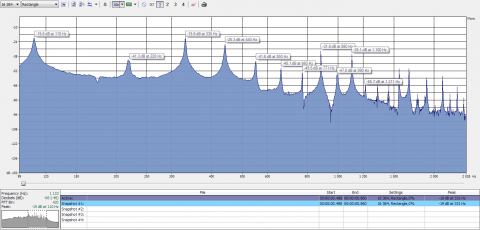
Digital guitar effects pedals utilise a program to process the sampled sound from the input of the pedal; a formula that takes into account the same pieces of information every time in order to produce its intended sound.
An analogue pedal on the hand will alter the analogue signal with the subtle differences created by resistors, capacitors and transistors – the results of which are infinite. For many, it’s these subtleties that make analogue pedals so appealing.
This is one area where analogue effect pedals fail to stand up to their digital counterparts, and for many guitarists it’s the decisive factor when weighing up between digital and analogue formats.
For instance an analogue delay pedal will often utilise a bucket-brigade device (BBD) that pushes the signal through a series of capacitors, one step per clock cycle, which often results in variances in sonic character from step to step.
Digital guitar effects delay pedals use digital signal processing (DSP) chips, with the ability to intricately manipulate and control the echo to your liking.
For example, the Boss DD-7 offers up to 6.4 seconds of delay time, chorus-type delays, an analogue delay mode, the ability to alter delay time, feedback and effect level and doubles as a loop pedal with up to 40 seconds of recording.
Between the unadulterated sound of an analogue pedal, and the mind-blowing features of digital pedals, making a choice is as much about being informed as it is personal taste.
Digital effects caught your attention? Watch more here.
